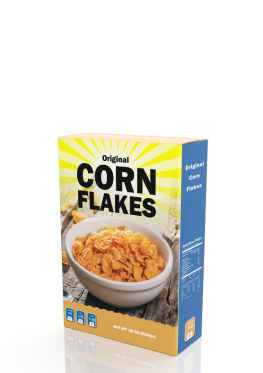
Case and Carton Sealing
Our case and carton sealing adhesives offer critical advantages for today's end-of-line packaging so they can hold your product safely inside or protect the product under your packaging during transportation. It’s also imperative that they are flexible to cope with a variety of structures from small, intricate cartons to heavy duty wraparound cases. Achieve high performance, trouble-free bonding, less adhesive consumption and unmatched versatility with the H.B. Fuller hot melt case sealers. Be confident that your packages will stay closed.
Our line of adhesive solutions perform well across varied substrates and service temperatures a range of markets, including:
- Dry foods and cereals
- Frozen foods
- Beer, spirits, water and other beverages
- Meat, dairy and other refrigerated foods
- Family, fabric and home care
- Agriculture
H.B. Fuller's hot melt adhesives offer great adhesive solutions. Our end-of-line packaging products ensure superior bonding, exceptional thermal pot stability, clean machining and low total cost of ownership. Even at extremely high or low temperatures, our hot melt case and carton adhesives offer the sealing advantage you need.
What are factors to keep in mind while choosing case and carton sealing?
Here are some key factors to consider when choosing case and carton sealing methods:
Application:
- Generic application: All standard case and carton packaging adhesives.
- High heat resistance: When the packaging demands adhesives with high heat resistance.
- Difficult to bond: When we need to bond difficult substrates, including varnish, coatings, or recycled papers.
- Blast freezer: When the packaging demands adhesives with cold resistance to keep case and carton sealed during the storage of frozen food.
- Low temperature: When customers want to improve the energy consumption and operator safety.
Product and Packaging:
- Product weight and fragility: When it comes to heavier or more delicate products, it requires strong seals and additional reinforcement for strength.
- Box size and material: Remember, sealing methods must be compatible with the box size and material to make sure that they have proper bonding and avoid damage.
- Stacking requirements: If boxes are piled during storage or transport, seals must be strong enough to resist the weight of other boxes. In addition, consider palletizing adhesives for enhanced stability.
Volume and Speed:
- Production volume: Automated sealing solutions, such as case sealers, offer better speed and efficiency than manual sealing for high-volume operations.
- Desired sealing speed: You must consider the required sealing speed per hour to determine if manual or automated sealing is more convenient.

